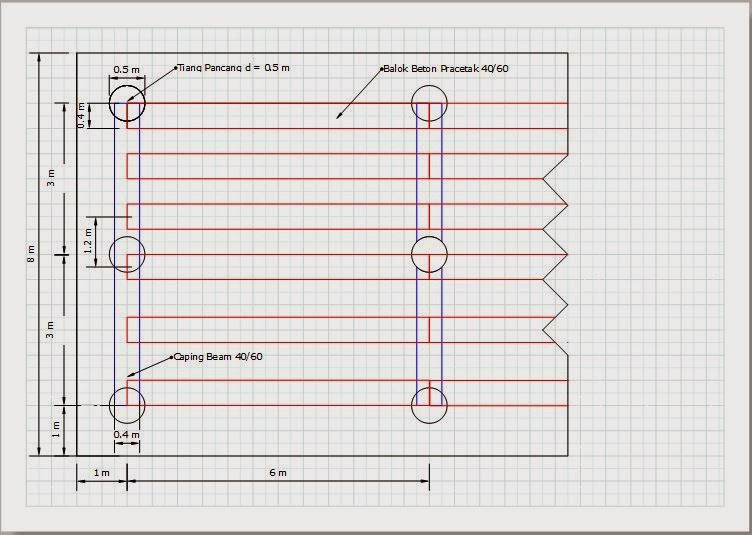Offshore Flexible Pipe
The wellheads on the sea bottom and the drilling platform are often connected by flexible pipe. The critical core part of the pipe that carries the crude is a hose built out of profiled stainless steel strip, surrounded by layers of mild steel and insulating materials. During pipelaying and when submerged, flexible pipe needs to withstand its own tremendous weight besides the extreme pressure of the deep. Only the best of materials will do the job in the core, sourced from carefully certified producers, as a single leak means a huge setback in the highly expensive pipelaying operation or in production.
Characteristic:
Figure 1. Flexible Pipe Component
- Flexible. Makes it possible to spool the pipe on a reel or in a carousel for efficient and quick transportation and installation.
- Easy to install. Since the flexible pipe is in continuous form, laying speed will be much faster than laying ordinary rigid carbon steel pipeline.
- Modularity. The independent layers of a flexible structure enable it to be tailored to the precise needs of a specific development.
- Corrosion resistant. Since the steel wires are not in direct contact with the conveyed fluid, they do not require the same corrosion resistance as steel pipe.
- High pressure resistant. Flexible pipes resist all fluid pressures encountered in the most complex subsea application. Besides, the modularity of the flexible pipe manufacturing process enables to adjust pipe thickness, shape, and number of steel wire layers to satisfy a specific requirement.
The main component: - Interlocked stainless steel carcass
- Internal pressure sheath, made from nylon, poly vinylidene flouride (PVDF) and high density polyethylene (HDPE)
- Zeta spiral (pressure armour), made from rolled carbon steel
- Tensile armour (double cross wound armours), made from flat rectangular wires
- Outer thermoplastic sheath, made from non-metallic materials
Source: Chen, Minghao. Fatigue Analysis of Flexible Pipes Using Alternative Element Types and Bend Stiffener Data. Norwegian University of Science and Technology (NTNU). Norway. 2011.
http://www.outokumpu.com/en/CustomerIndustries/Project-and-Process-Industries/Oil-And-Gas/Flexible-Pipe/Pages/Flexible-Pipe.aspx. January 2015



Komentar
Posting Komentar